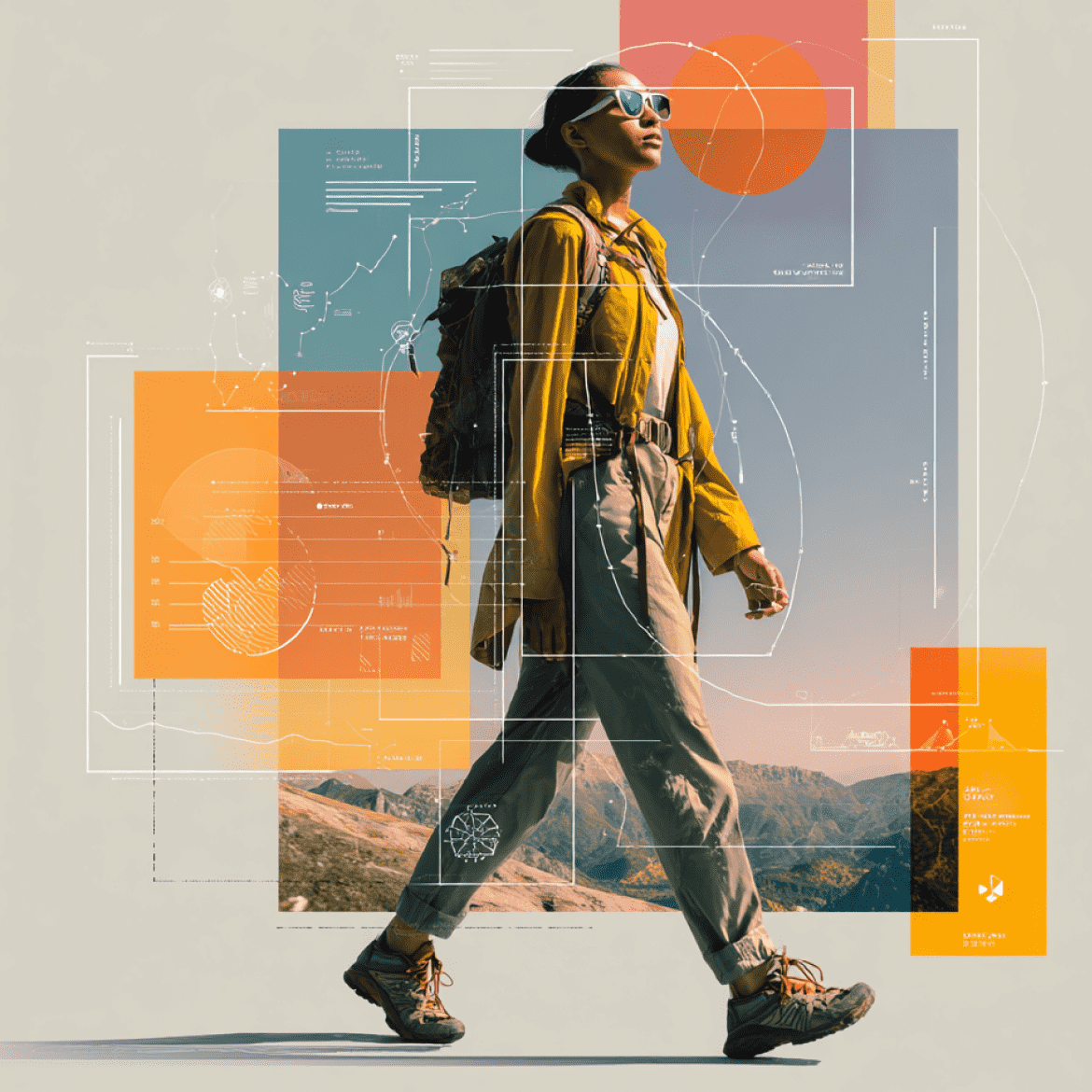
Work & Life
In North America, we are defined by what we do. At parties, bars, coffee shops, backyard hangs— we introduce ourselves and ask "so, what do you do?" To what degree is what we do defining who we are in the United States?
Working in the Business of Who We Are— we* continue to find that What We Do is not only who we are, but how we think, operate, and sustain our lives.
The Decline Of VC-Backed Companies
We sat down, recently, with Larry Olson. Founder, Executive Creative Director, and Designer at Studio Lo. Larry's become a friend and mentor over the years and has worked for Brands like the NBA, Apple, and the Climate Reality Project.
Larry brought up a concept we think about, frequently, asking a rather engaging question:
"How can I connect my own life journey into the clients I take and the Brands I build for?"
The truth is, as Creative Economies continue to wax and wane—we have been asking the same question.
Spring of 2020, our Founder, Neil defined 5 New Standards for the future of the Creative Industry. Taking care to understand and report on the future of our industry— Neil defined a cascading-stance of work/life balance as the world begins to seismically shift.
Old Economy, or pre-2020, pre-pandemic economics have begun to feel increasingly irrelevant. VC-Backed startups reflected an undaunted and unchanging industry; showcasing booms and stability through a majority of the pandemic and post-pandemic Brand & Product economics. It wasn't until Spring of 2023 that the cascading effects of 2020 Supply & Demand began to be felt by every industry from Tech to Creative; the resulting Brand & Product markets now understand that New Active Economies are here to stay.
With Product need shifts, Brands naturally follow. As Products (hardware, software, goods, services, people, organizations) have shifted to match our New Active Economies—tech startups have begun to pivot into a more automated future.
New Active Economies (1 of the 5 New Standards Neil identified) illustrate a changing economy across all public and private sectors. With this shift in economics, what we seek as employees within these new markets has changed forever. How we apply for positions is overrun with AI, automation, and dead air. Attending a single, centralized office has quickly became a thing of the past. Offices, expectations, and the work standards that defined entire generations has been left behind, possibly forever.
The decline of VC-Backed Companies comes with a new wave of Infrastructure Economics; an inclusive expression that leans into crowd funding, Public Benefit Corps, and open source opportunities. This doesn't mean that VC-backed startups will cease to exist altogether—rather, with the rise of automation, we expect to see the service industry rise, shift, and change to meet New Active Economies in radical new ways.
The Rise of Infrastructure Economics—The Distributed Model
At the start of the Pandemic—Spring of 2020, Neil identified these 5 Standards:
- New Active Economies
- New Sustainable Missions
- New Language Brands
- New Broadcast Media
- New Agency Standards
Working within The Distributed Model, he sees this model having massive impact into Who We Are and What We Do.
As Agencies no longer exist as they once thrived—The Distributed Model encourages greater diversity of talent per-project, hiring key talent based on direct need for the duration of the project. This cuts down on overhead, encouraging internal agencies be born. Implementing stronger Infrastructure Economics versus constantly needing to resource builds with new talent, this means these internal agencies build stronger and longer lasting relationships with talent; often encouraging full-time hires are met.
Ultimately, this cuts down the churn and burn many Creatives have come to expect when working as consultants in the undulating New Active Economies of 2024. As a result, by building stronger Infrastructure Economics the remaining four standards are met.
This post will be the start of a new series speaking to the in's and outs of The Distributed Model:
- Where we see impact into Infrastructure Economics
- What we've learned, first hand, by issuing Infrastructure into all 2024 builds
- Local* Dot Agencies first product
We hope you'll come along for the ride— 2024 is going to be fun.
Infrastructure Economics—The Distributed Model
In North America, we are defined by Who We Are and What We Do. Introducing The Distributed Model, a deep-dive into Infrastructure Economics, 2024...





